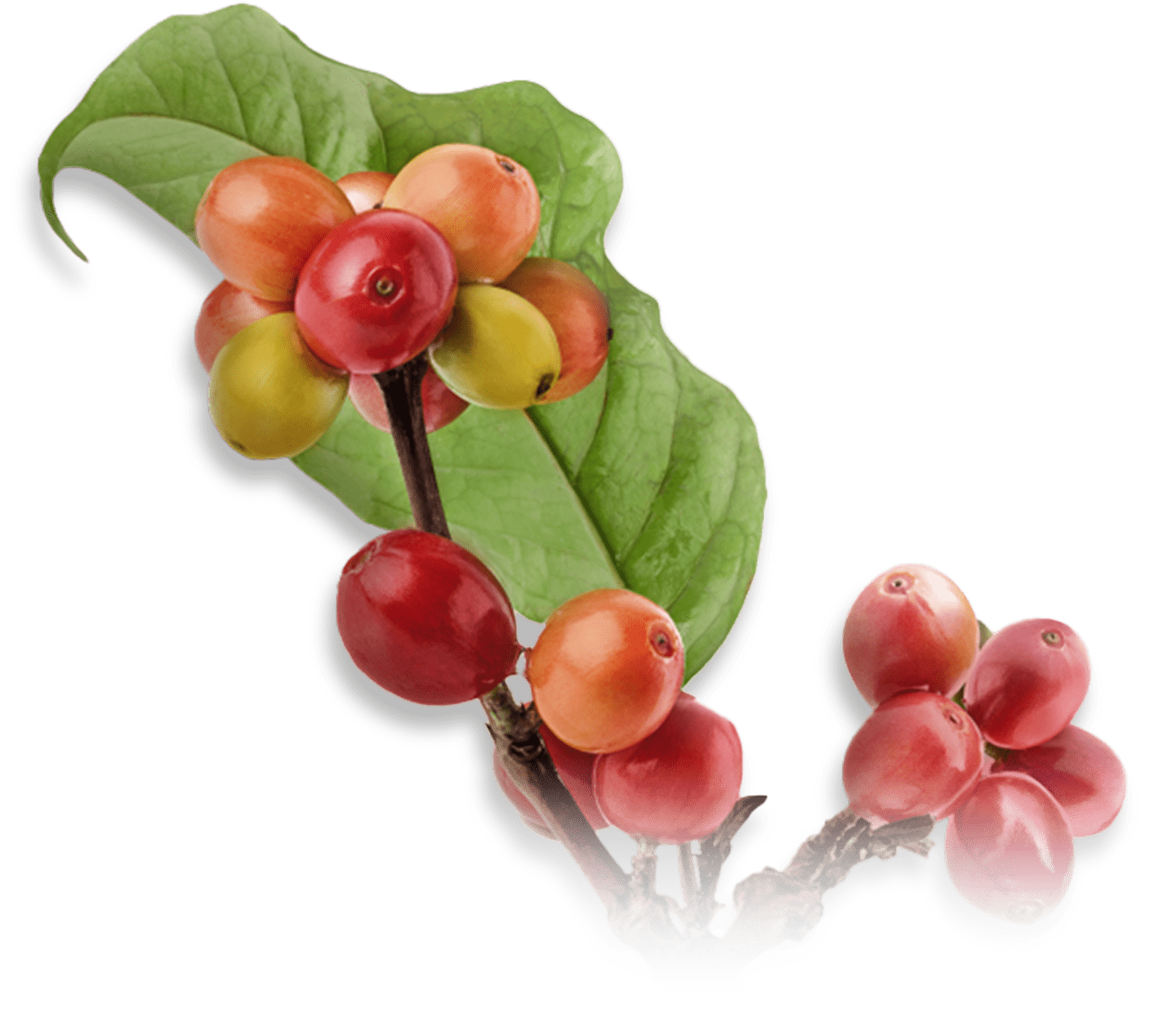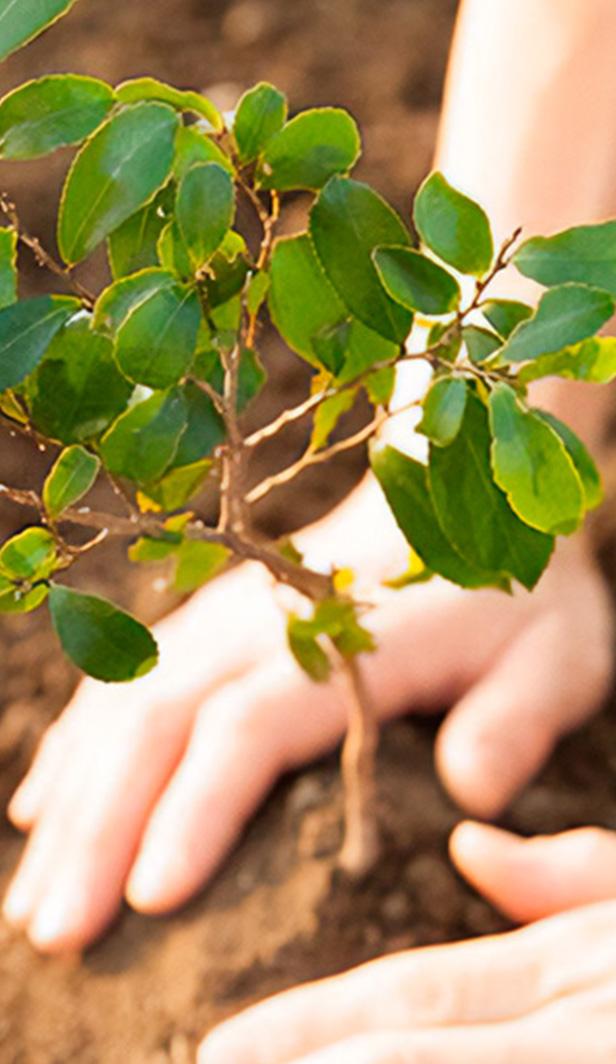Where does coffee come from?
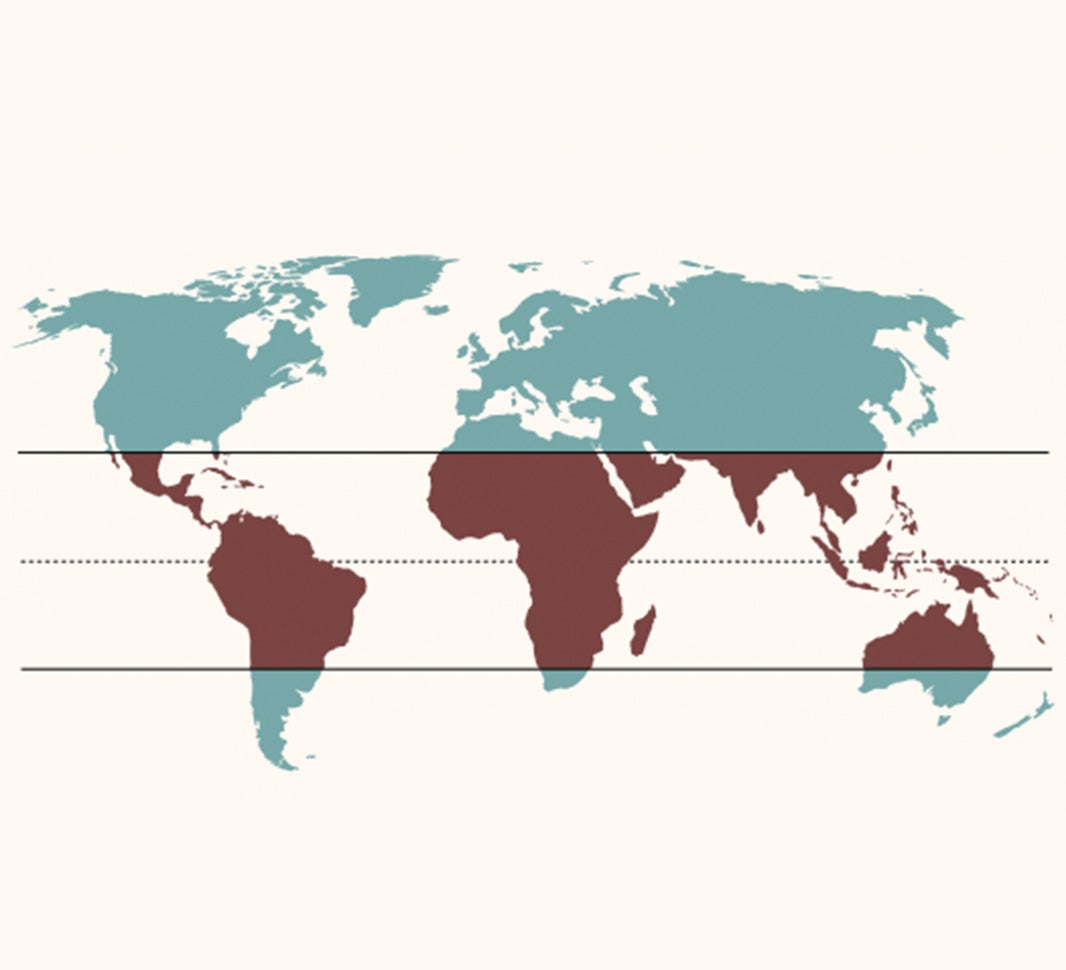
African coffee
African coffee is thought to be some of the best in the world due to its wonderfully distinctive flavour. Traditionally, African coffee boasts the following characteristics:
Syrupy Medium acidity Medium to dark roast
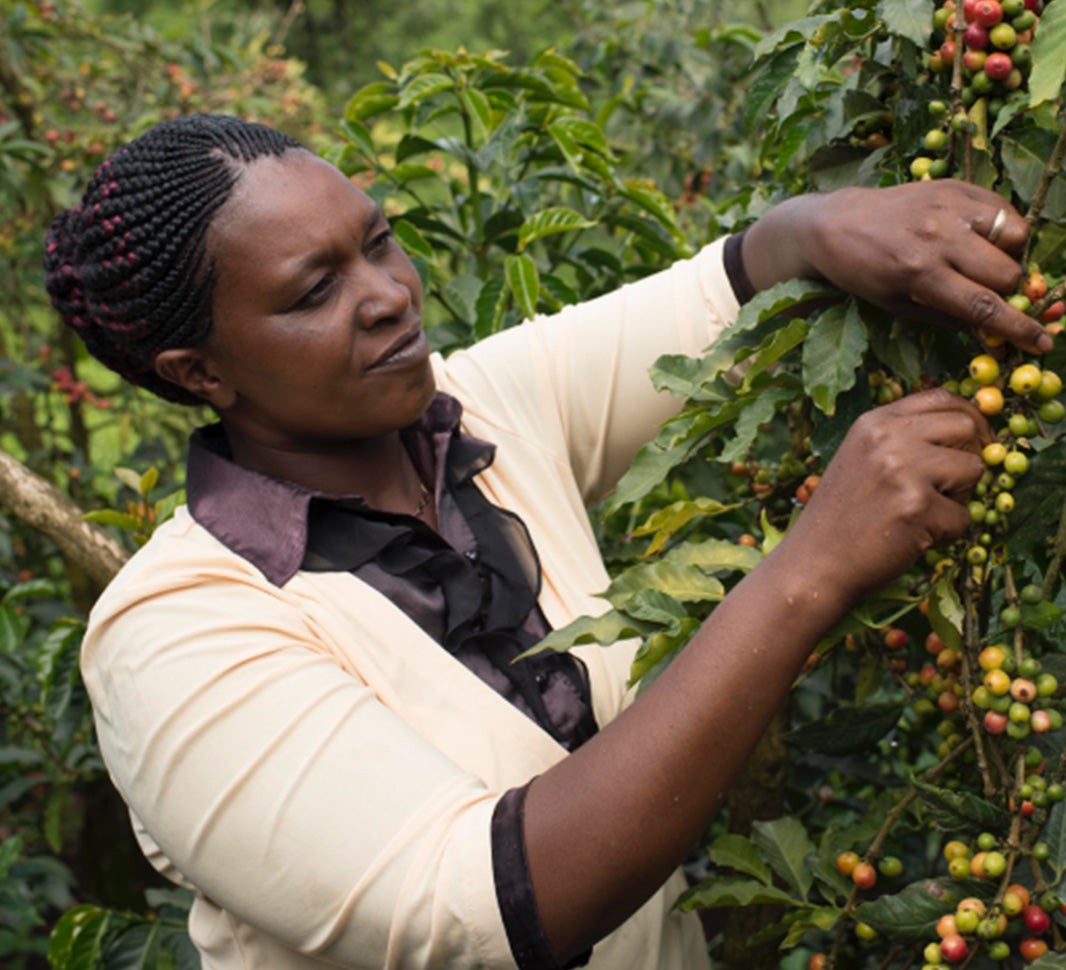
Did you know coffee is grown in more than 50 countries around the world? It’s known as the ‘coffee belt’ and includes Africa, Latin America and Asia.
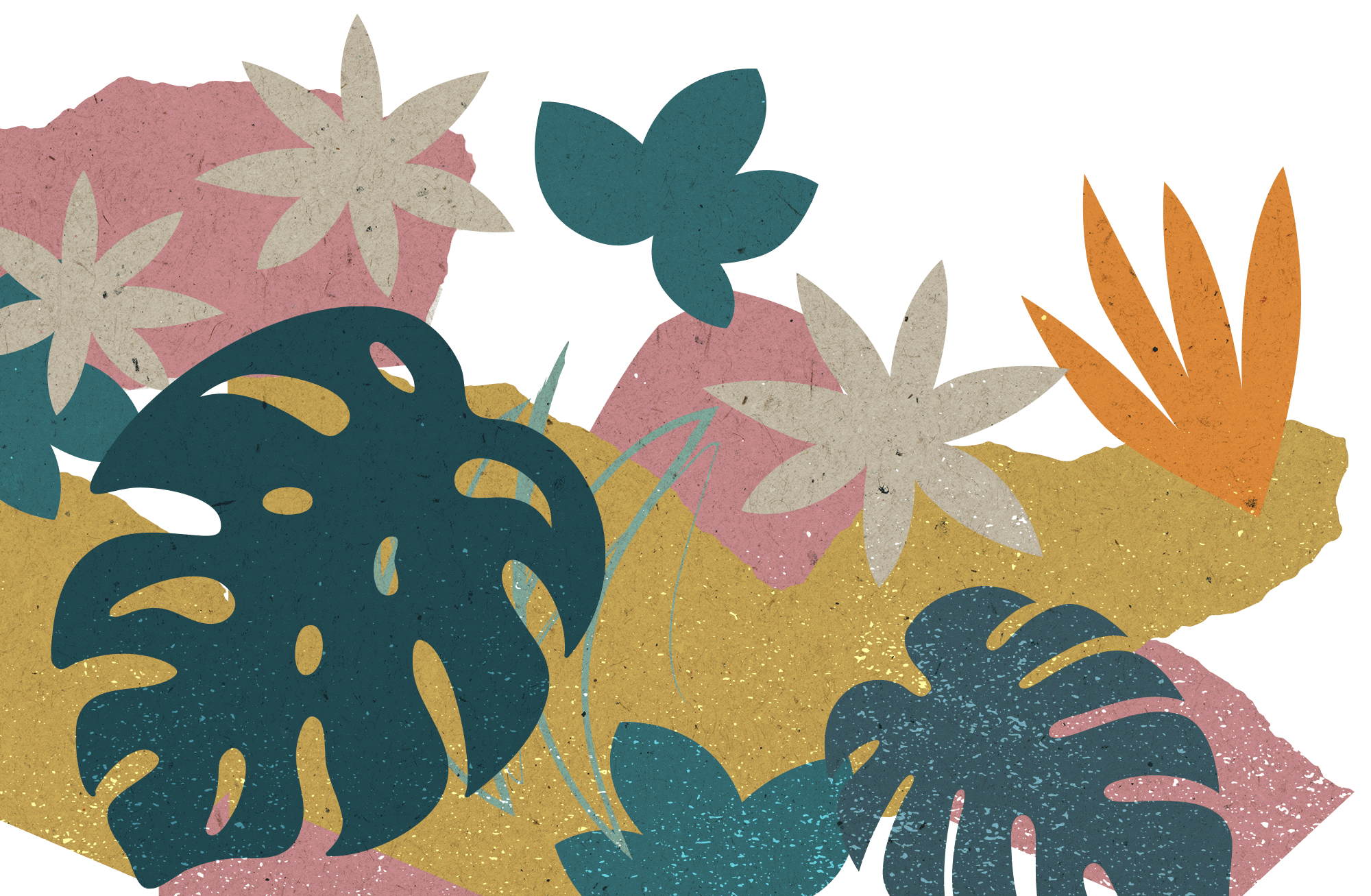
Latin American coffee
Considered one of the coffee capitals of the world, coffee from Latin America makes up most of the blends found on supermarket shelves today. The flavour is universally enjoyed which is mostly attributed to its well-rounded taste. A few of the key characteristics of Latin American coffee are:
Nutty Low acidity Light or medium roast
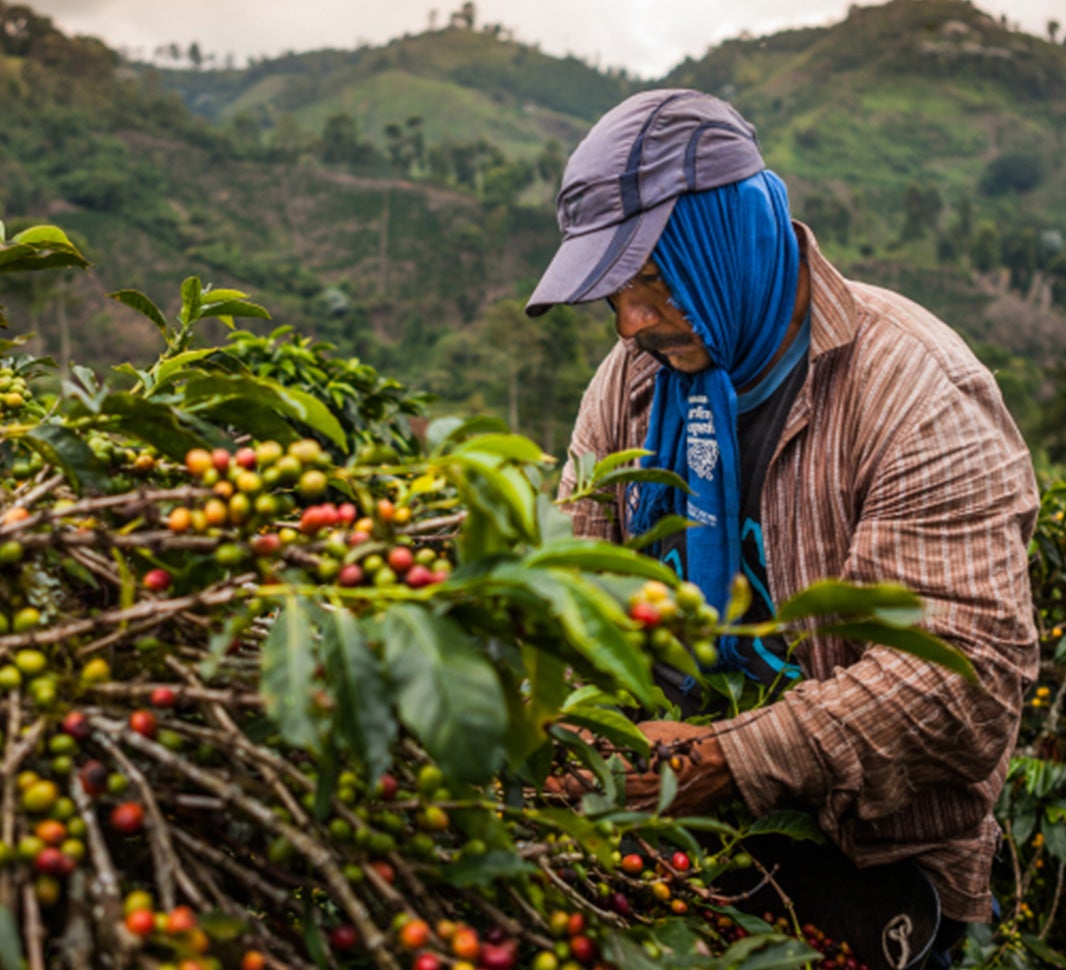
Asian coffee
Asia is home to some of the most unique coffee blends with bold, unique flavourings unlike any other. Typically, you can expect Asian coffee to have the following characteristics:
Earthy Gentle acidity And more often than not made into a dark roast®
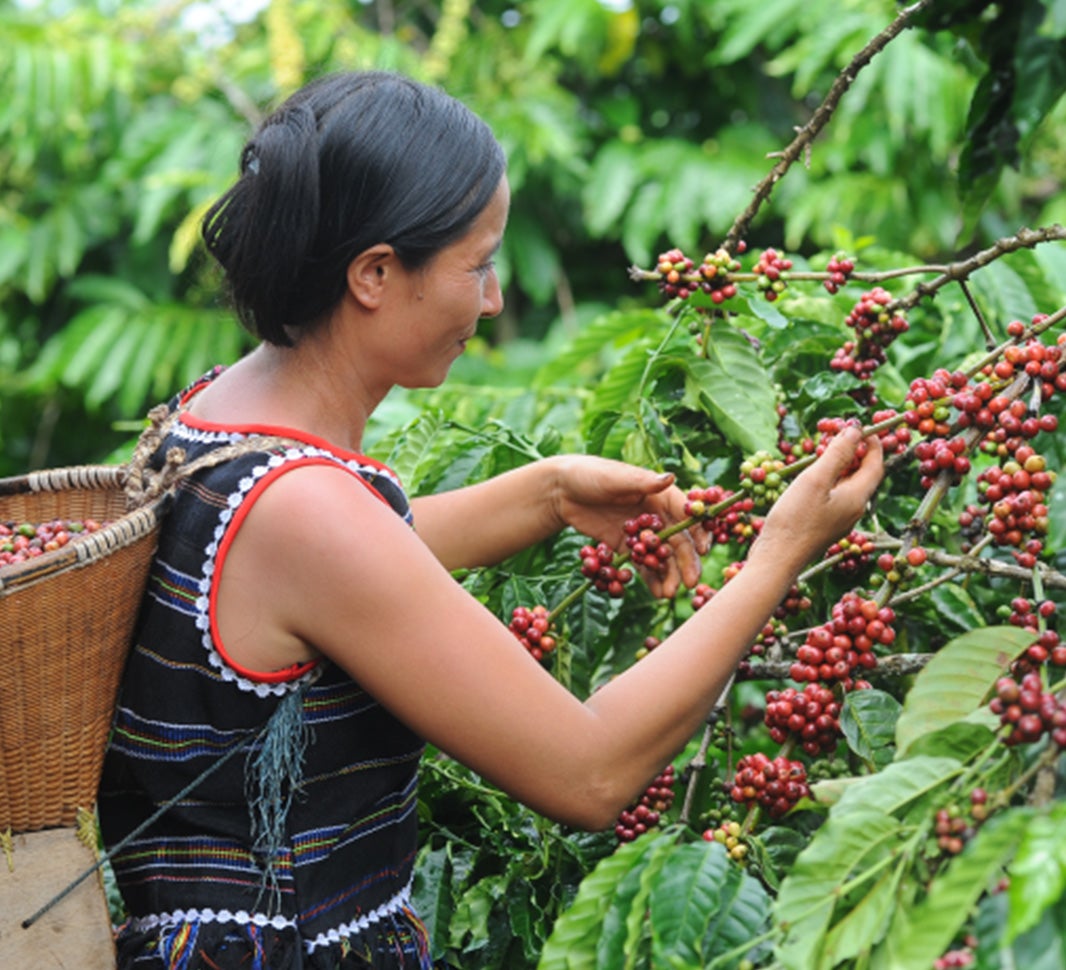
Our NESCAFÉ® GOLD BLEND Origins Alta Rica blend is Latin American coffee at its finest. Grown at high altitudes, the subtle fruity notes and caramel flavours make this coffee a wonderfully rounded blend that’s perfect for savouring.
Still deciding which region you want to send your taste buds to next? Explore our NESCAFÉ® GOLD BLEND Origins range. With unique blends from coffee hotspots around the world including Colombia and Indonesia, you’re bound to find a blend that inspires you.
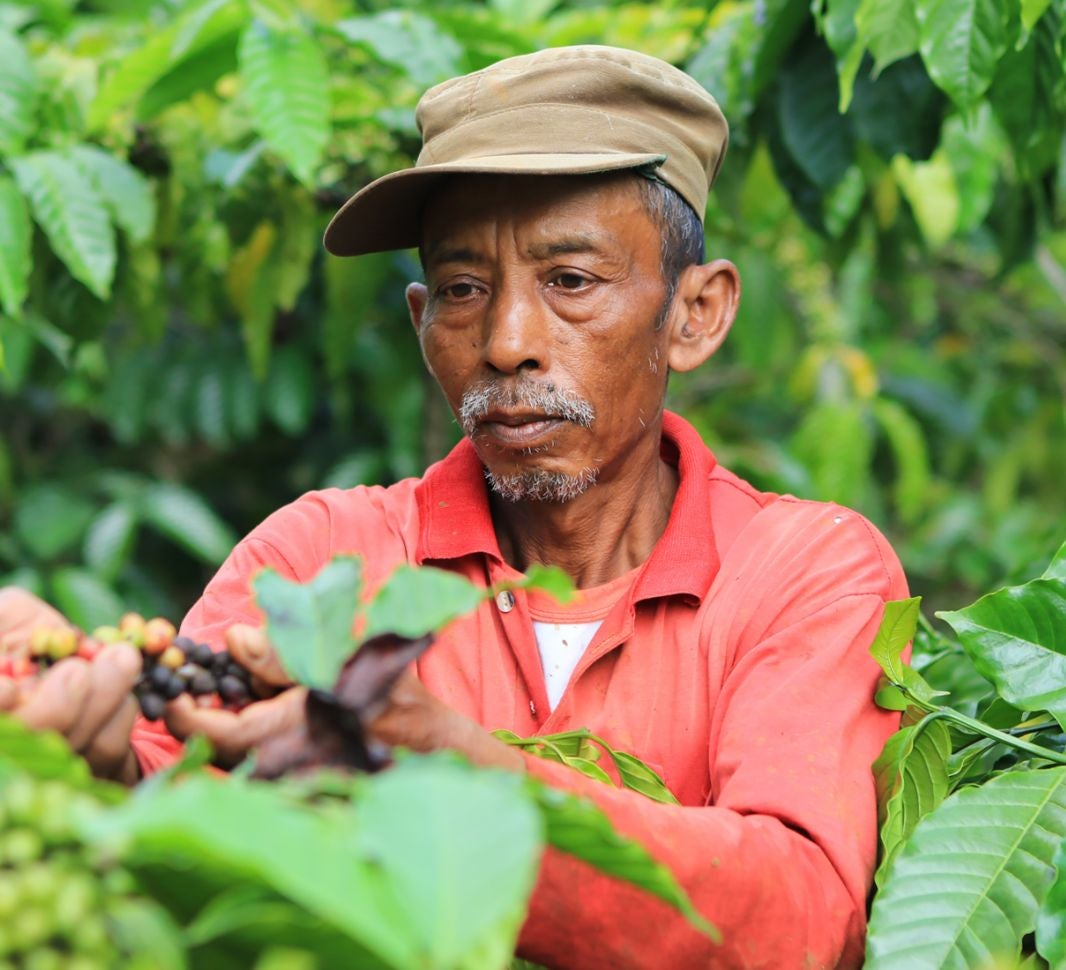
Today’s community favourites


